 Raising a child with a toy box full of natural playthings could bankrupt a parent. Browse through any natural toy catalogue and you’ll see–those beeswax crayons, tree blocks, and Waldorf dolls are pricey!
Raising a child with a toy box full of natural playthings could bankrupt a parent. Browse through any natural toy catalogue and you’ll see–those beeswax crayons, tree blocks, and Waldorf dolls are pricey!
Fortunately, the beauty of natural playthings is that, unlike those molded plastic My Little Pony toys that my kiddos snatch up at every yard sale, you can make them yourself. I’ve made tree blocks. I’ve made organic play dough. I’ve made my own modeling beeswax. And, although I can’t actually make my own silk, I’ve bought undyed silk cheaply and dyed it to make beautiful, colorful, free-form play silks for my daughters.
Play silks, of all shapes and sizes and colors, are simply hemmed pieces of lightweight dyed fabric that lend themselves to all kinds of creative play, from dress-up to fort-making to using with a child’s other toys. I’ve watched my daughters tie black play silks around their heads to make a pirate’s eye patch, drape a yellow play silk over two chairs to make a “tent made of the sun,” clip a play silk to a My Little Pony at one end and a LEGO carriage at the other end and pull it around a building block farmyard.
You’d be amazed at the ways that a child can find to play with such a simple toy, and with my method, you’ll be amazed at how easy it is to cheaply dye your play silks to make a rainbow of vibrant colors:
 NOTE: Silk is a natural fabric, but it is not vegan. Unfortunately, you cannot make this particular project vegan, because acid dyes, including Kool-aid, only work on animal fabrics, such as silk and wool.
NOTE: Silk is a natural fabric, but it is not vegan. Unfortunately, you cannot make this particular project vegan, because acid dyes, including Kool-aid, only work on animal fabrics, such as silk and wool.
When I make play silks, I begin with white silk scarves–I personally purchase my scarves from Dharma Trading Company, but you can likely find white silk scarves in many places. They come in a huge variety of sizes, from these smaller scarves that I’m using in this particular project, to gigantic pieces perfect for a kid-made backyard tent.
Pre-wash your silk scarves in hot water, because any invisible oils or dirt on the scarves will hinder the dye.
When your scarves are clean but still wet, put a big pot on the stovetop and stir together two quarts of water, three packages of unsweetened Kool-aid in a single color, and one cup of vinegar. The vinegar’s purpose is simply to ensure that the Kool-aid is acidic enough to dye the silk, so it’s possible to leave it out if you prefer to experiment.
And yes, I know that you probably don’t actually let your kids DRINK Kool-aid, but consider that it is non-toxic and food-grade–for a fabric dye, that’s pretty great!
Heat the dye bath just to the boiling point, then turn it down so that it stays at a near boil.
Next >> Dye the Silk

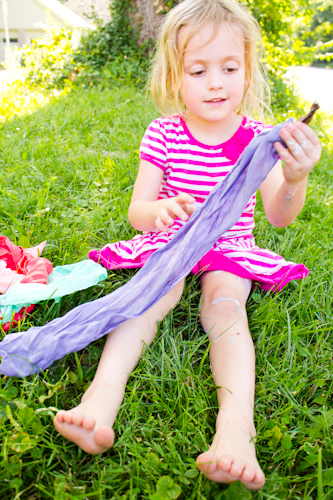
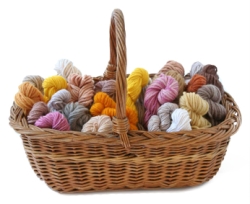
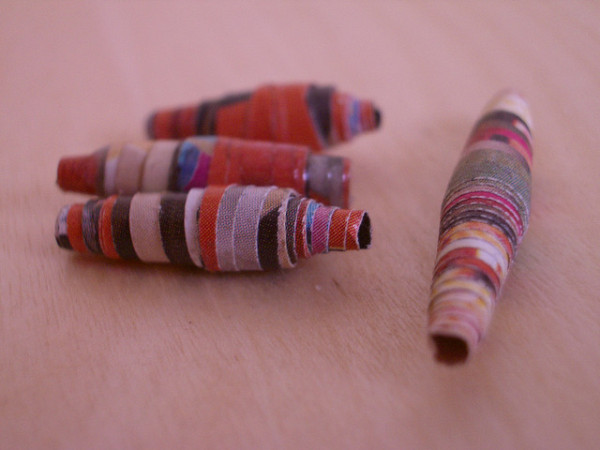
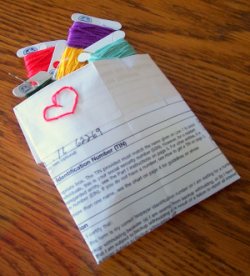
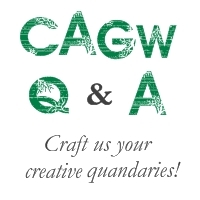
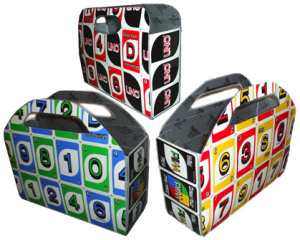
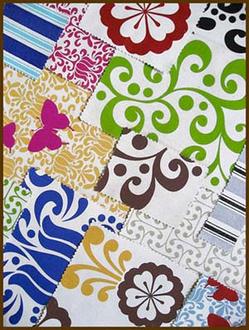
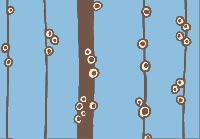
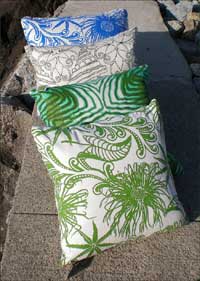
Actually, some nylon fabrics will dye with acid dyes as well. Vintage nylon, especially, but I have noticed that many nylon trims will take up food colors, although the color isn’t as brilliant as it is on silk.
Nylon would be a good vegan option!
Yes, but then it wouldn’t be green or natural, would it? We tried this with silks from Dharma and they are fantastic, I can’t imagine nylon being anywhere near as satisfying. Red faded to a slightly lighter color, like the inside of a strawberry before it gets to the white. Purple is lighter than it looked in the pot but still quite nice, like lavender. We did 2 lemonades + 1 cherry and it made a lovely salmon color. Looking forward to doing more if I can find lemon-lime and blue moon berry!
Pingback: art projects for kids and random other stuff | a happy stitch
I made this for my boys for Christmas! Thank you so much for such a fantastic tutorial. It was so helpful. FYI, I linked to your blog and this tutorial on my blog: http://ahappystitch.com/2012/01/10/handmade-holidays-kool-aid-play-silks/
the actual amount of kool-aid should be 1 packet to 1 oz of silk… I use the same process to hand dye wool yarn.
You can also use eye droppers or sponge brushes to paint the ‘dye’ on the playsilk, the way you would dye a skien of yarn… You can also mix up the kool-aid, water, and vinegar in a microwave safe bowl, add the silk, and microwave for 2 minutes, let rest for 2 minutes, microwave for 2 minutes, let rest for 2 minutes, lather rinse repeat until the water is clear or mostly clear. (It will be hot, as will your playsilk at this point) dump in the sink and rinse in hot water, gradually cooling, until there is no dye coming out of them